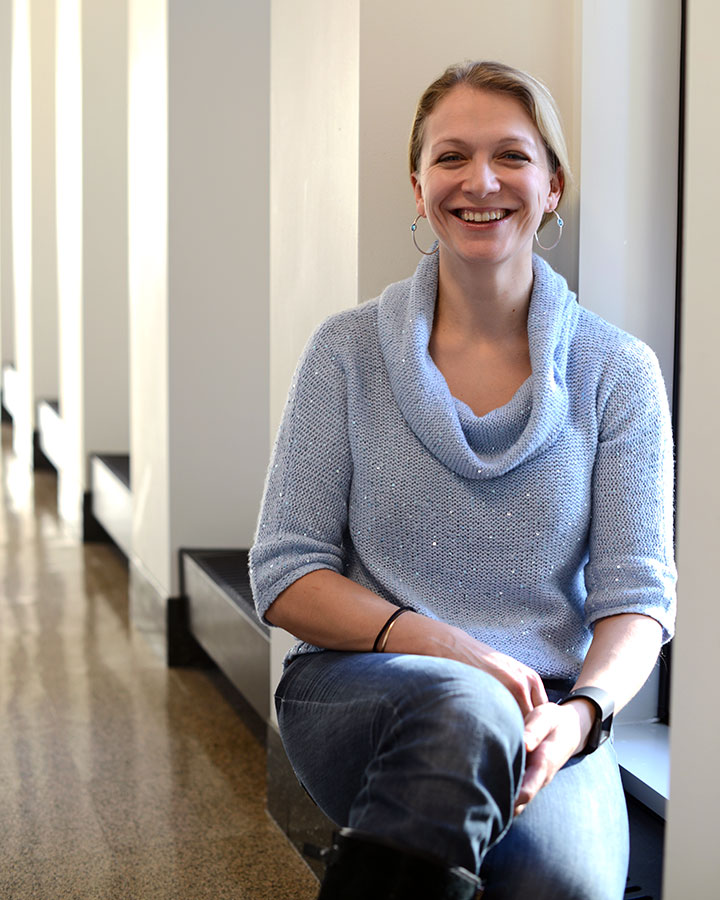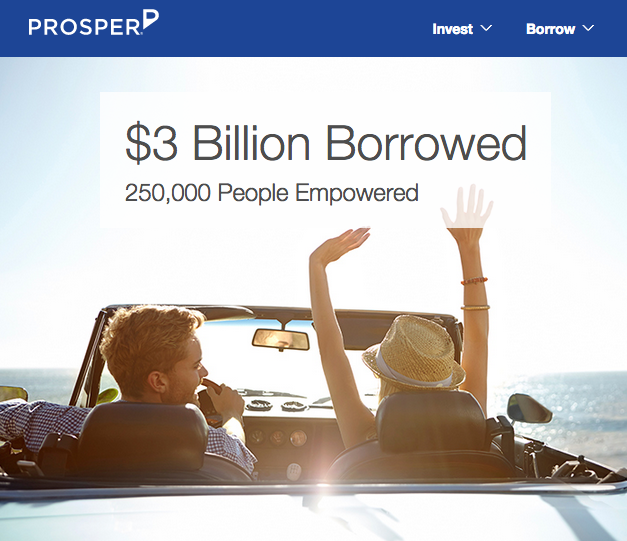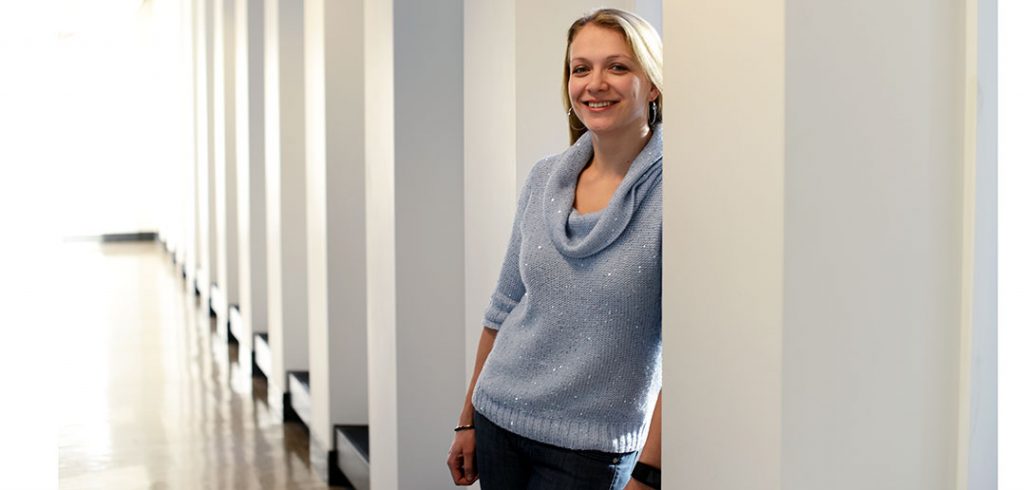Imagine being able to secure a financial loan without having to ask for help from either your bank or your parents.
Thanks to social media, an up-and-coming enterprise known as peer-to-peer (P2P) lending can skip the financial middleman and connect borrowers directly with lenders. The perks of P2P lending include lower interest rates for borrowers, higher returns for lenders, and increased access to loans for people who otherwise cannot get one.
It’s a fine idea—in theory, says Yuliya Komarova, PhD, of the Gabelli School of Business. Unbeknownst to users, however, the egalitarian premise of P2P lending is frequently undermined by the unconscious drives of our own psyches.“P2P lending is meant to mitigate financial exclusion by giving consumers access to funds that they might not otherwise have access to,” said Komarova, an assistant professor of marketing. “But we’re finding that despite these good intentions, some groups of people are actually excluded based on absolutely random factors.”
Study finds “some really quirky effects”
Komarova, whose research focuses on consumer behavior, teamed up with Gabelli colleague Laura Gonzalez, PhD, an assistant professor of finance, to find out how P2P investors make lending decisions.
Using a simulated P2P site (“Lendi”) that they created, Komarova and Gonzalez presented lenders with the profiles of potential borrowers. The profiles contained only as much information as real P2P sites include, which is typically a photo of the borrower, loan size and maturity, classification of loan purpose, borrower credit rating, and an explanation of why the money is needed.

Photos by Joanna Mercuri
The pair found that in the absence of the extensive background information that banks collect about potential borrowers, P2P lenders tended to rely on certain personal factors, such as age, to guide their decisions. For instance, lenders tended to give less money to younger borrowers than to older borrowers, simply based on perceived life experience.
However, when it came to middle-aged people, for whom life experience was not as clear-cut of a determinant, Komarova and Gonzalez found that lenders relied on “some really quirky effects.”
They found that female lenders were less likely to loan money to an attractive woman (a phenomenon termed the “beauty is beastly” effect) and male lenders were less likely to loan money to a financially or professionally successful man with an outstanding credit rating—even if these borrowers were equally or more qualified than their less attractive and successful counterparts, respectively.
But when the sexes were reversed—women loaning to men and men loaning to women—the attractiveness and status effects disappeared.
“It’s not just about attractiveness, though—there’s something more operating there,” said Komarova, who as a marketing scholar also has extensive training in psychology. “These decisions are subconscious, even evolutionarily-based.”
Innate competitiveness drives decisions
According to Komarova, these psychological quirks stem from the competitiveness written into our DNA. Men perceive successful men as a potential threat, as do women vis-à-vis other attractive women. Even though we may rationally know that this is not true, we nonetheless experience a subconscious slump in confidence when we encounter our primitive rivals.

Unfortunately for the potential borrower, the momentary slump in confidence that the lender feels gets misjudged as a bad “gut feeling” about the borrower’s application. This becomes even more relevant if the lender is wading through numerous applications, because he or she relies more on those initial “gut feelings” to speed up the decision process.
“In the absence of objective information [or in a time crunch], visceral reactions often guide our decisions—that is, that immediate sense of this ‘feels right’ or ‘feels wrong,’” she said. “However, these intuitions about this borrower can be based on completely random factors.”
Komarova and Gonzalez published papers on their findings in two prominent journals, the International Journal of Bank Marketing and the Journal of Behavioral and Experimental Finance. The next leg of the research will examine whether organizations that use P2P platforms demonstrate similar quirks when screening potential borrowers as compared to individual lenders.
“We’re hoping this research can educate P2P platform users not only to protect companies, investors, and borrowers, but also to help shape public policy and support these platforms so that everyone’s rights and opportunities are maximized,” Komarova said.

